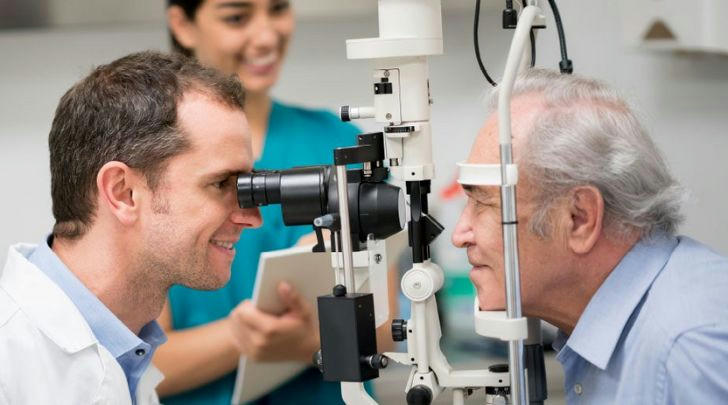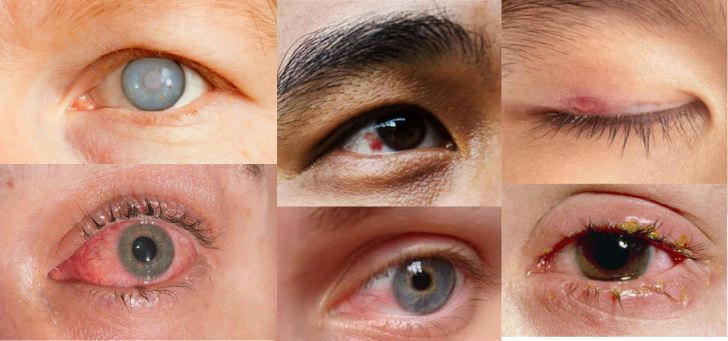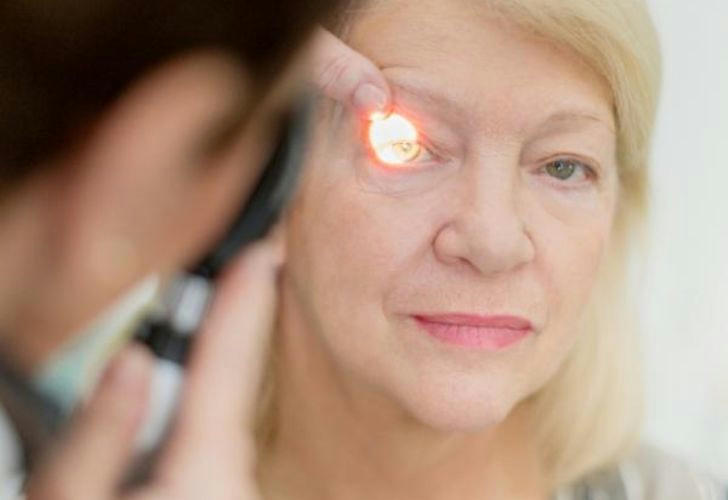Understanding Common Eye Diseases: A Patient's Guide
According to the American Academy of Ophthalmology, approximately 12 million Americans over the age of 40 have vision impairment, highlighting the significant public health impact of eye diseases such as glaucoma, cataracts, and diabetic retinopathy.

The Importance of Eye Care
Effective eye care can significantly reduce the incidence of eye diseases. At least 2.2 billion people worldwide suffer from myopia or hyperopia, and at least 1 billion of these people have preventable vision impairment.

Common Eye Diseases
Cataracts
- Definition and Causes: Cataracts are clouding of the lens of the eye, usually caused by aging, diabetes, long-term exposure to ultraviolet light, and certain medications.
- Symptoms: Common symptoms include blurred vision, difficulty seeing at night, sensitivity to light, and seeing halos around lights.
- Treatment Options: Treatment usually involves surgical removal of the cloudy lens, which is typically replaced with an artificial lens. Lifestyle changes, such as wearing sunglasses and controlling diabetes, can also help.
Glaucoma
- Intraocular Pressure and Effects: Glaucoma is characterized by increased intraocular pressure, which can damage the optic nerve and cause vision loss.
- Types of Glaucoma: There are two main types: open-angle glaucoma (the most common type) and closed-angle glaucoma (the less common but more serious type).
- Symptoms: Glaucoma is usually asymptomatic in its early stages and only develops noticeable symptoms, such as peripheral vision loss, in its later stages.
- Treatment Options: Treatment may include prescription medications to lower intraocular pressure, laser treatments, or surgery to improve drainage.
Diabetic Retinopathy
- The Link Between Diabetes and Eye Health: Diabetic retinopathy is a complication of diabetes that affects the blood vessels of the retina, causing vision impairment.
- Stages of Diabetic Retinopathy: The disease progresses in several stages: mild non-proliferative, moderate non-proliferative, severe non-proliferative, and proliferative diabetic retinopathy.
- Symptoms: Common symptoms include blurred vision, floaters, and dark areas in the visual field.
- Treatment Options: Treatment options include laser therapy to seal leaking blood vessels, injections of medication into the eye, and surgery for advanced cases.

Risk Factors and Prevention
Common Risk Factors for Eye Diseases
- Age: Increased risk of diseases such as cataracts and AMD.
- Family History: Genetic susceptibility to eye diseases.
- Race: African Americans and Hispanics have higher rates of disease.
- Health Conditions: Diabetes, high blood pressure, and obesity increase risk.
- Lifestyle Factors: Smoking and a poor diet can contribute to eye health problems. View eye disease infographic report.
Importance of Regular Eye Exams
- Early Detection: Eye exams can detect diseases such as glaucoma and diabetic retinopathy before symptoms develop.
- Overall Health Monitoring: They can reveal signs of systemic diseases such as high blood pressure and diabetes.
- Preventive Care: Regular exams can help manage existing conditions and prevent vision loss.
Tips for Keeping Your Eyes Healthy
- Nutrition: Eat more leafy green vegetables, fish, and fruits that are rich in vitamins C and E, omega-3 fatty acids, and zinc.
- UV Protection: Wear sunglasses that block 100% of UVA and UVB rays to prevent cataracts and AMD.
- Screen Time Management: Follow the 20-20-20 rule: Every 20 minutes, look at something 20 feet away for 20 seconds to reduce digital eye strain.
When to Seek Medical Help
You Need to See an Eye Doctor If You Have These Signs
- Vision Changes: Sudden changes in vision, such as blurriness, double vision, or loss of vision, require immediate attention (American Academy of Ophthalmology).
- Eye Pain or Discomfort: Persistent eye pain, redness, or swelling may indicate a serious condition that requires evaluation.
- Floaters or Flashes: Increased floaters or flashes may indicate a retinal detachment, which is a medical emergency (National Eye Institute).
The Importance of Not Ignoring Symptoms
- Timely Intervention: Ignoring symptoms can lead to irreversible vision loss. Early diagnosis and treatment are critical for conditions such as glaucoma and diabetic retinopathy (CDC).
- Quality of Life: Promptly addressing eye health issues can significantly improve your overall quality of life and prevent complications.
How to Prepare for an Eye Exam
- Bring Your Medical History: Prepare a list of medications, medical conditions, and any family history of eye diseaseto discuss with your eye doctor.
- Know Your Symptoms: Be prepared to describe any vision changes or symptoms you experience, including their duration and severity (American Academy of Ophthalmology).
- Plan for Dilated Pupils: Understand that your pupils may dilate during the exam, temporarily affecting your vision. Arrange for transportation if necessary.
Conclusion
In summary, prioritizing eye health is essential for clear vision and overall health. If you haven’t had an eye exam recently, schedule one as soon as possible to ensure that potential problems are discovered and treated promptly.
